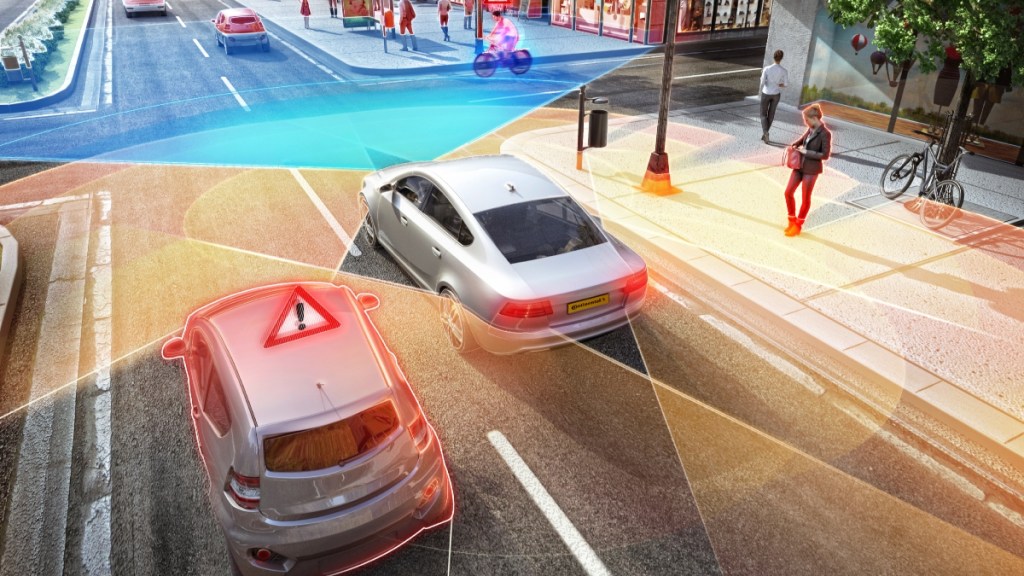With more stress laid on vehicular safety by the Government of India, auto OEMs have had to look at various aspects to make car driving a safer experience. Hence, active safety features part of the Advanced Driver Assistance System or ADAS have gained traction among premium car buyers who don’t want to compromise their and their family’s well being.
According to a recent PTI report, the Ministry of Road Transport and Highways (MoRTH) has drafted a new proposal to make certain ADAS features including inbuilt collision warning signals mandatory in specific category of four-wheelers, including both passenger and commercial vehicles.
ADAS in Indian cars: Key takeaways
In recent years, multiple carmakers like Honda, Hyundai, MG, Tata Motors, and Mahindra have added ADAS to their premium offerings. In fact, ADAS features have even trickled into subcompact cars like Hyundai Venue. But the question arises, “Does introduction of ADAS features in cars alone make the experience safer for the occupants as well as pedestrians?”.
While fully automated cars are still some decades away, the introduction of automated driving functions like lane assist, cruise control, park assist, and Automatic Emergency Braking (AEB) among others will be more frequent in mass market cars going forward. While these features are definitely very useful on paper, their real world implications are quite tricky.
Most of these ADAS technologies are developed in foreign markets keeping their traffic regulations in mind which are very different from Indian driving conditions. India is arguably one of the most challenging countries as far as traffic regulations are concerned. Hence, it is important these technologies are tweaked and calibrated according to Indian conditions.
For instance, AEB equipped in a car is a very useful feature when an obstruction suddenly appears from nowhere in front and brakes are automatically slammed down. But the same feature can turn into menace if the car comes to a sudden halt and gets rear ended in slow-moving traffic on an average Indian road on a weekly morning. In most Indian cities, where traffic congestion is high, driving conditions are erratic and roads are pothole ridden, these systems could be more of a threat if not used correctly.
What experts say?
This was also pointed out by Jeremy McClain, System & Software Business Leader, Autonomous Mobility, Continental during an exclusive interaction with Financial Express earlier in August this year. He cited the example of Lane centering by saying, “Even if there is a lane marker, the function doesn’t really make a whole lot of sense on many roads around you. Maybe on highways, even on a nice road, we drove the other day, nobody was really driving in the lane.”
“We have to then adapt the functionalities to make it useful and work. But if you as a consumer can’t use it, because it’s a nuisance, and you’re constantly turning it off or overriding it, then you’re less likely to want to check that box and the next car that you buy. That’s what that’s the big step that we need to look at together,” added McClain.
Experts are aware that for a country like India, a simple copy-paste solution especially in ADAS technology cannot work. More than the hardware, it is the software that needs to be recalibrated according to Indian driving conditions which is a challenge in itself.
To summarise it, despite being very useful to curb down road accidents, ADAS features will require human intervention at various stages for correct implementation on Indian roads, even though their autonomous functionality remains their key USP. Further, one also has to bear the additional cost in mind. Although very lucrative and convenient, introduction of ADAS increases the price of a car significantly which makes it inaccessible for most car buyers in India.
